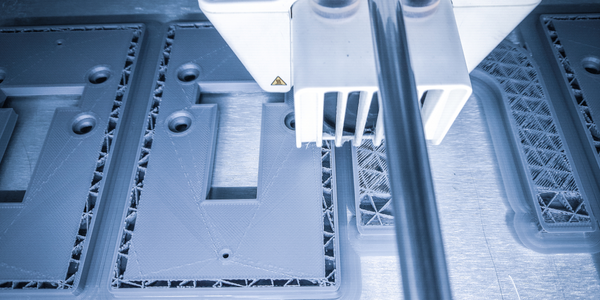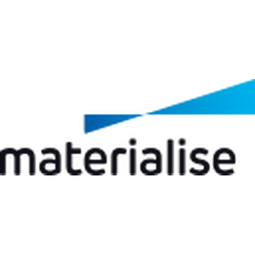
Technology Category
- Sensors - Autonomous Driving Sensors
Applicable Industries
- Automotive
- Equipment & Machinery
Applicable Functions
- Product Research & Development
- Sales & Marketing
Use Cases
- Additive Manufacturing
- Rapid Prototyping
The Customer
Metal Competence Center
About The Customer
The customer in this case study is the automotive industry, specifically the manufacturers involved in the production of car interiors. These manufacturers use a process known as drape forming to adhere materials to car interiors. The process involves the use of a metal tool that contains heating and cooling channels to glue a material, such as leather, onto an area within a car’s interior, such as a door panel. The manufacturers are seeking to improve the efficiency and quality of this process, reduce waste, and meet the strict quality standards required for the industry.
The Challenge
The automotive industry has been facing challenges with the traditional drape forming process, a method used to adhere materials to car interiors. The conventional process uses a metal tool with heating and cooling channels to glue materials like leather onto car interiors. However, the tool, made by milling solid metal blocks, only allows for straight-line drilling of channels, limiting design possibilities. This limitation often leads to long cycle times and inconsistent heating and spreading of the glue, resulting in time and material wastage when the outcome doesn't meet the strict quality standards of the industry. The challenge was to eliminate these issues caused by using conventionally manufactured tools.
The Solution
The solution was to redesign the tool using additive manufacturing (AM). The Design & Engineering team at Materialise recognized the potential of AM to enhance the tool while still using aluminum to meet temperature and pressure restrictions. The team didn't just aim to improve the original design but also to innovate and optimize the tool beyond its intended purpose. The team's deep understanding of the application and how to design for 3D printing, combined with the expertise of the Metal Competence Center in AM software, production, and design, allowed them to fully rethink the part using AM. The redesigned part was lighter, cheaper, and more performant, with the flexibility of AM enabling the combination of two components into one and reducing the part's mass by 51%.
Operational Impact
Quantitative Benefit

Case Study missing?
Start adding your own!
Register with your work email and create a new case study profile for your business.
Related Case Studies.

Case Study
Smart Water Filtration Systems
Before working with Ayla Networks, Ozner was already using cloud connectivity to identify and solve water-filtration system malfunctions as well as to monitor filter cartridges for replacements.But, in June 2015, Ozner executives talked with Ayla about how the company might further improve its water systems with IoT technology. They liked what they heard from Ayla, but the executives needed to be sure that Ayla’s Agile IoT Platform provided the security and reliability Ozner required.

Case Study
IoT enabled Fleet Management with MindSphere
In view of growing competition, Gämmerler had a strong need to remain competitive via process optimization, reliability and gentle handling of printed products, even at highest press speeds. In addition, a digitalization initiative also included developing a key differentiation via data-driven services offers.

Case Study
Predictive Maintenance for Industrial Chillers
For global leaders in the industrial chiller manufacturing, reliability of the entire production process is of the utmost importance. Chillers are refrigeration systems that produce ice water to provide cooling for a process or industrial application. One of those leaders sought a way to respond to asset performance issues, even before they occur. The intelligence to guarantee maximum reliability of cooling devices is embedded (pre-alarming). A pre-alarming phase means that the cooling device still works, but symptoms may appear, telling manufacturers that a failure is likely to occur in the near future. Chillers who are not internet connected at that moment, provide little insight in this pre-alarming phase.

Case Study
Premium Appliance Producer Innovates with Internet of Everything
Sub-Zero faced the largest product launch in the company’s history:It wanted to launch 60 new products as scheduled while simultaneously opening a new “greenfield” production facility, yet still adhering to stringent quality requirements and manage issues from new supply-chain partners. A the same time, it wanted to increase staff productivity time and collaboration while reducing travel and costs.

Case Study
Integration of PLC with IoT for Bosch Rexroth
The application arises from the need to monitor and anticipate the problems of one or more machines managed by a PLC. These problems, often resulting from the accumulation over time of small discrepancies, require, when they occur, ex post technical operations maintenance.

Case Study
Data Gathering Solution for Joy Global
Joy Global's existing business processes required customers to work through an unstable legacy system to collect mass volumes of data. With inadequate processes and tools, field level analytics were not sufficient to properly inform business decisions.







